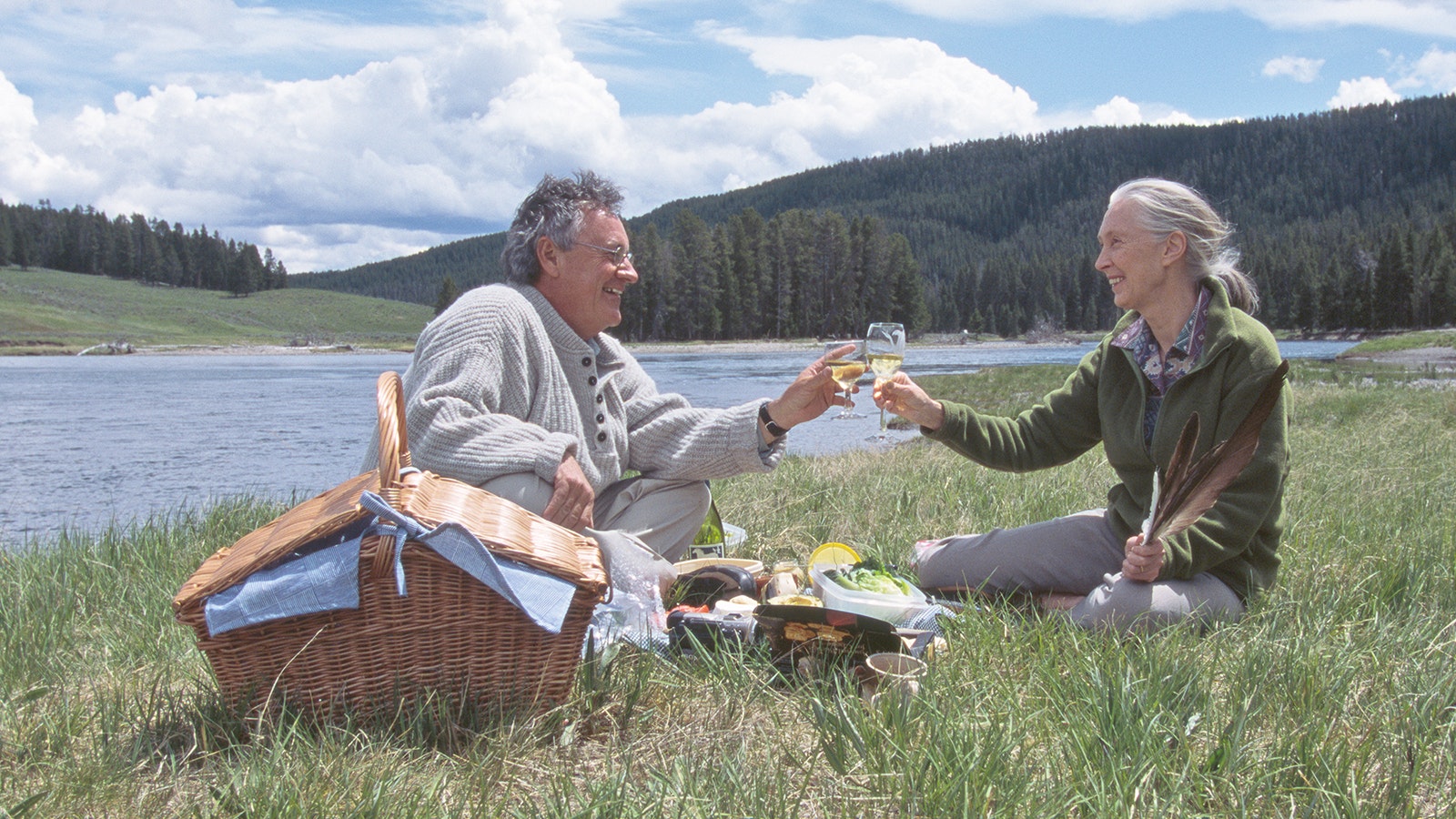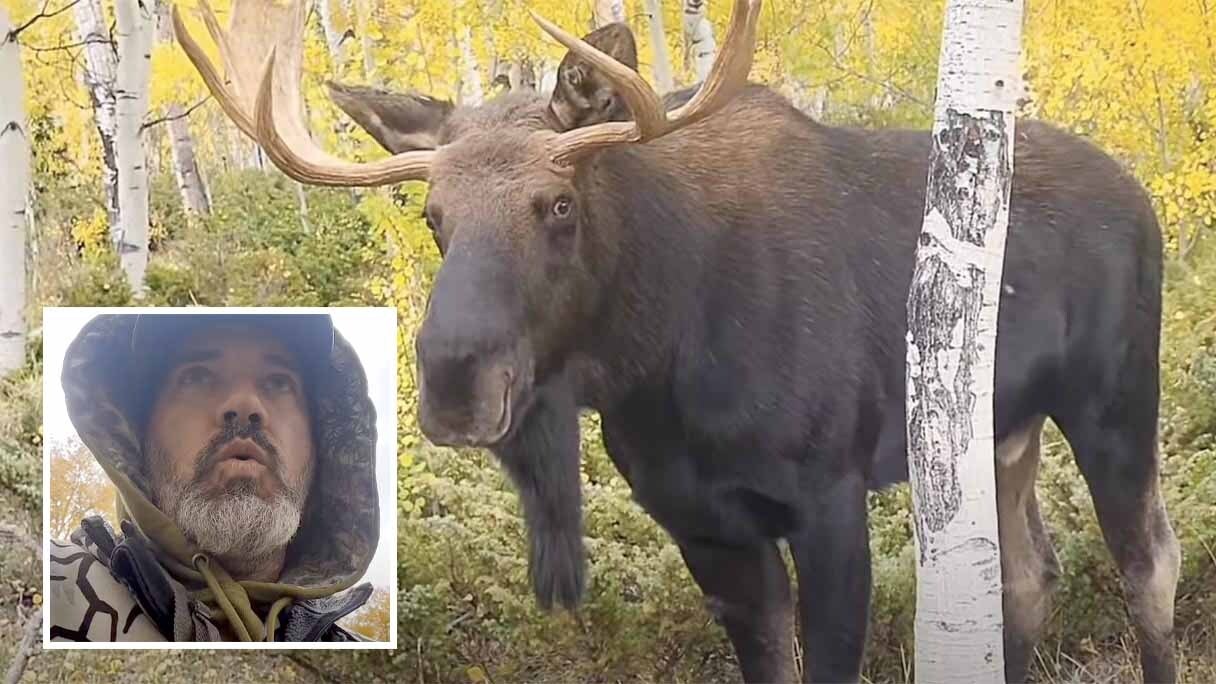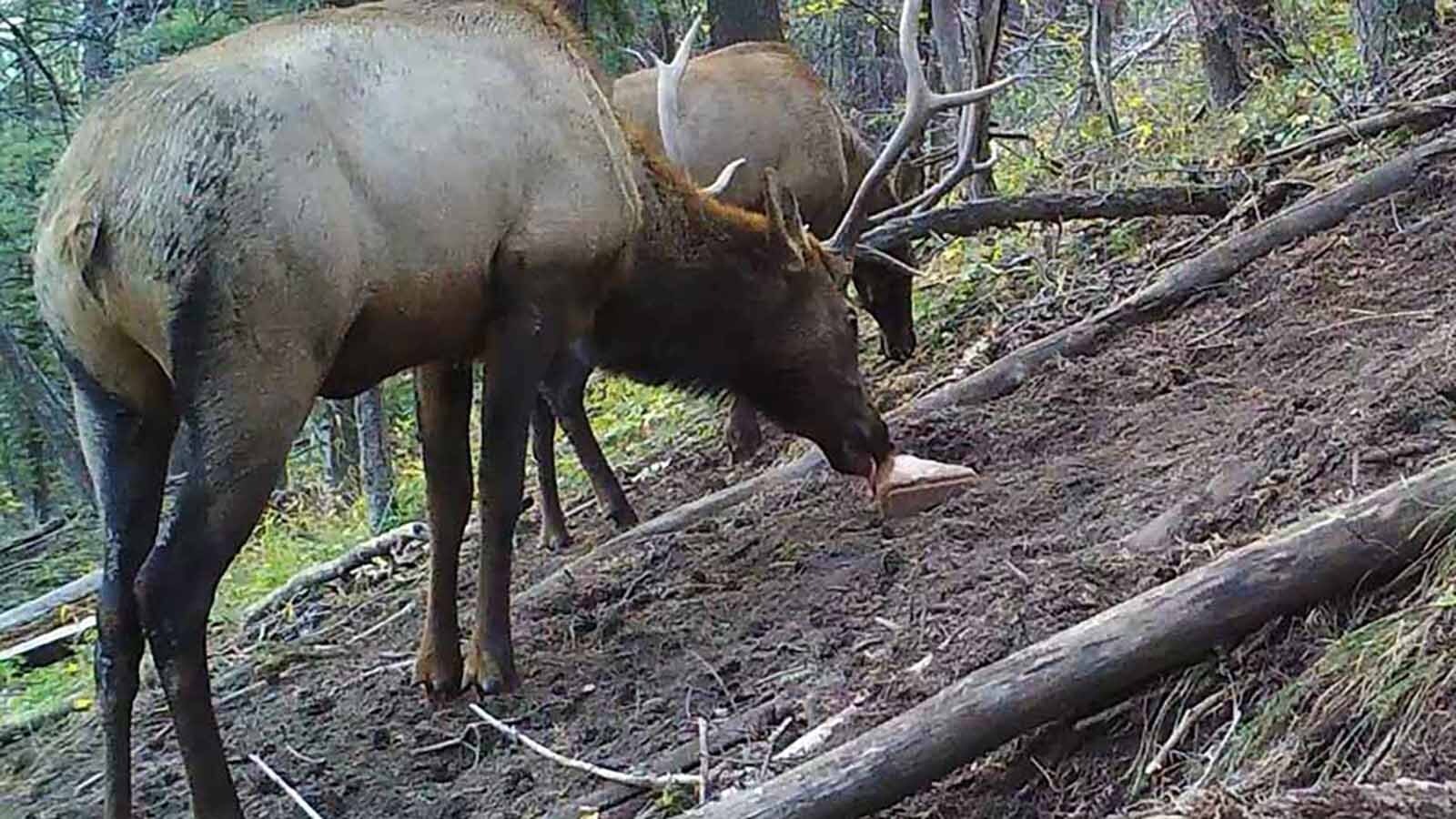A federal judge on Wednesday shut down U.S. Forest Service plans to expand livestock grazing on allotments in grizzly bear habitat in Montana’s Paradise Valley, near Yellowstone National Park.
Donald Molloy, the district judge for the U.S. District Court, District of Montana, remanded the matter back to the Forest Service, ordering the agency to prepare a new analysis.
The Forest Service previously failed to properly analyze the effects that expanded grazing on six allotments would have on grizzlies. Therefore, the agency’s initial analysis failed to meet the standards of the National Environmental Policy Act.
Mingling Grizzly Populations
The grazing allotments in question are north of Yellowstone, in the Absaroka Mountains.
Bear advocates say that’s a key area for the intermingling of the Lower 48’s two largest grizzly populations. That includes the Greater Yellowstone Ecosystem grizzlies, centered in Wyoming, and the Northern Continental Divide grizzly population, centered in Glacier National Park.
Bear advocates argue that grizzlies won’t be fully recovered until there’s robust genetic exchange between those two populations, which are estimated to include roughly 1,000 bears each.
However, others argue that the sheer number of bears exceeds population recovery goals that were set after grizzlies in the Lower 48 were placed under the Endangered Species Act protection in the 1970s.
That’s the stance taken by the Montana Stockgrowers Association, executive vice president Raylee Honeycutt told Cowboy State Daily.
She said the stockgrowers were “disappointed” with Molloy’s decision.
“Grizzly bear populations, especially in that Greater Yellowstone Ecosystem, are recovered and far exceed recovery goals,” she said.
“Cattle producers are losing grazing allotments because of this, even though the population is recovered and thriving,” she added.
Don’t Want Grizzlies Killed For Cows
Cattle grazing can disrupt grizzly recovery, Eric Molvar, executive director of the Western Watersheds Project told Cowboy State Daily.
The Western Watersheds Project led a coalition of environmental groups that filed the lawsuit leading to Molloy’s decision.
“Connectivity (of the two main grizzly populations) was specifically called out” in the decision, he said.
“One of the biggest difficulties that grizzly bear recovery faces is the lethal removal of bears every time there’s a conflict with the livestock industry,” Molvar added.
There should be more non-lethal management of grizzly-cattle conflicts, he said.
And giving grizzlies more freedom to intermingle in the Paradise Valley region would be in ranchers’ best interest, he said.
That’s because it could expedite the bears being delisted from ESA protection and managed directly by the states, he added.
'Nobody Wants To See Them Exterminated'
Ranching in grizzly country is challenging and sometimes frustrating, Montana Cattlemen’s Association president Richard Liebert said.
He ranches in the Great Falls, Montana area. In that region, grizzlies have increasingly been reclaiming prairie habitat.
Grazing allotments on federal land are a necessity, not a luxury for some ranchers, he said.
Many think conflicts between grizzlies and ranchers could be better handled if the bears were delisted, he said.
Liebert added that he wants grizzlies to continue thriving because, like bald eagles, they’re “an iconic American species.”
“They need to be managed, not exterminated,” he said. “Nobody wants to see them exterminated.”
Mark Heinz can be reached at mark@cowboystatedaily.com.





